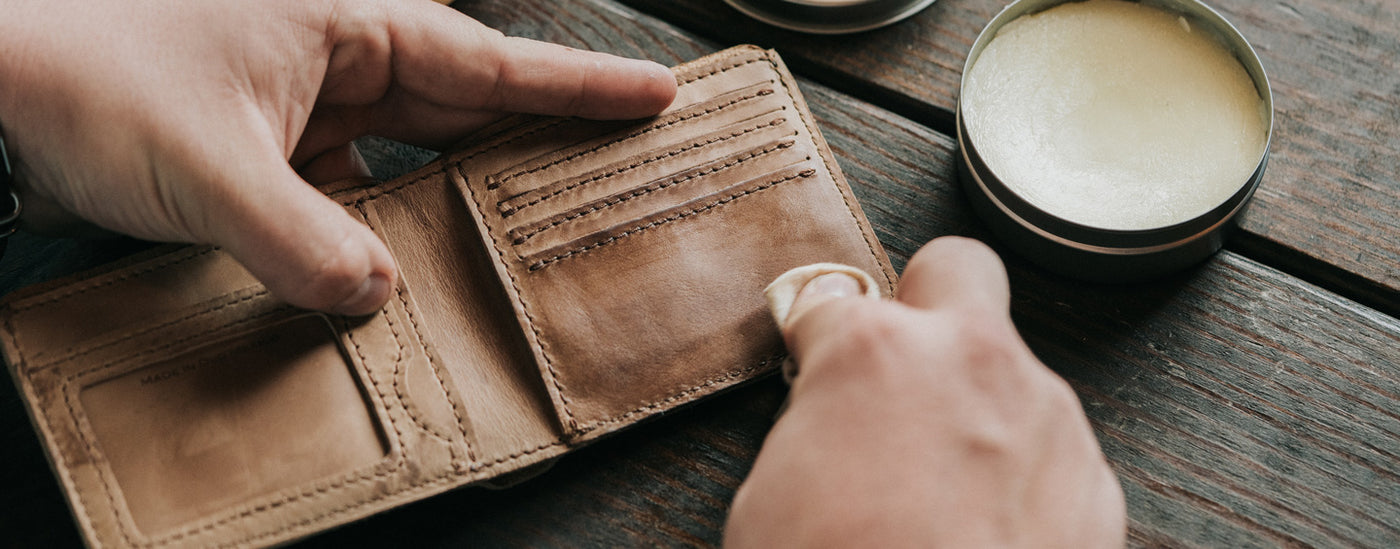Your Cart is Empty
You are $99.00 away from free shipping!
Your Cart is Empty
You are $99.00 away from free shipping!

From the beginning of time, people have needed a way to carry around their small, day-to-day stuff. For centuries, coin purses met this need for most folks. Coin purses were pouches typically used to carry coins (obviously), a day’s lunch, and even small valuables. Made of leather or fabric with a drawstring closure, the pouch could easily be tied to a person’s belt. (And sadly no, this is not a post about the history of the fanny pack.)
Then, paper money entered the scene. Paper currency was invented in Massachusetts in 1690; here, the coin purse took a sharp turn away from the fanny pack road (thank goodness), and the wallet was born. The first wallets were made of cow or horse leather and included a small pouch for ID cards.
Interestingly, for the next two centuries, it would remain “uncivilized” to carry a wallet in one’s pocket; so, wallets continued to be carried attached to belts and outwardly shown off -- “the bigger the wallet, the bigger the man,” of course. Ironically, those who were actually rich didn’t carry wallets nearly as often as the middle class. Regardless, the popularity and use of wallets continued to rise through the 1800s, mostly by men.
In the roaring 1920s, Hermes (at the time, a bridle and harness maker whose clients had primarily been horses) seized the opportunity to create fashionable leather goods for everyday life. These unique wallets (crafted from saddle leather) became our first modern style wallets -- and subsequently, during this decade’s industrial and economic boom, wallets became a fashion must-have.
Wartime slowed the fashion industry, but wallets remained special to many; wallets dating back to WWII have been found containing dog tags and photos of loved ones. It’s no surprise, then, that the post-war financial boom easily caused the wallet’s popularity to surge again.
The 1950s brought a lot to the history of wallets in terms of both design and materials. A variety of colors and exotic leathers added to the fashion side of the design equation, and the introduction of credit cards continued the evolution of the wallet’s functional requirements. From the clutch to the bi-fold wallet, all manner of modern design updates led to the peak of “fashion wallets” during this decade.
Fast forward to the 1970s where we see the return of a simpler wallet, followed by the dark colors, chains, and alternative textiles introduced throughout the punk movements of the 80s and 90s. The 90s also made a tremendous contribution to the history of wallets in the form of the velcro wallet (may it rest in peace).
As currency and payment methods changed over time, so did wallets, and they continue to change. In our current day, the introduction of electronic wallets on our smartphones has reduced the number of cards we carry, leading to the growing popularity of minimalist wallets.
Despite all the change, loyalty to a traditional leather wallet remains strong. It seems that even with all of our toys and technology, nothing quite compares to the feel of carrying a leather wallet -- sort of like carrying a piece of history in your pocket.
Orders shipped to Canada may be subject to import duties, tariffs, and taxes charged by Canadian customs. These fees are not included in our prices or shipping costs. You will be responsible for any additional charges upon delivery. Please review local customs regulations before placing your order.

